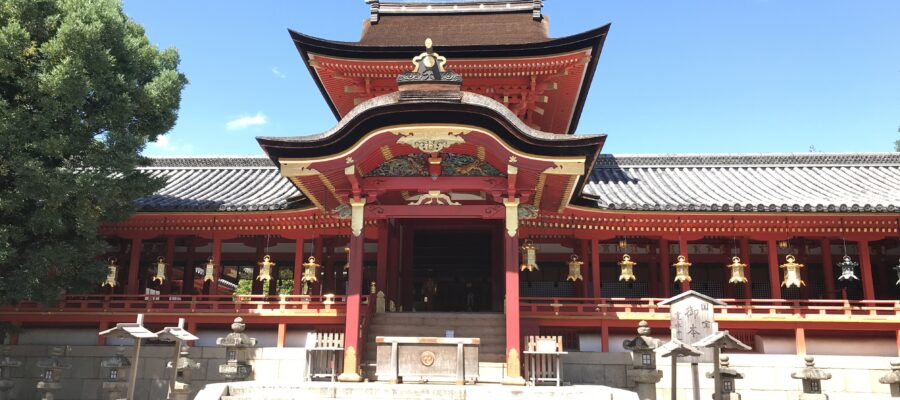京阪電車の石清水八幡宮駅で下車し、参道ケーブルに乗り換えて八幡宮山上駅まで行くと石清水八幡宮に到ることができます。京都の南西、ちょうど裏鬼門にあたる位置に祀られているのが、この石清水八幡宮です。
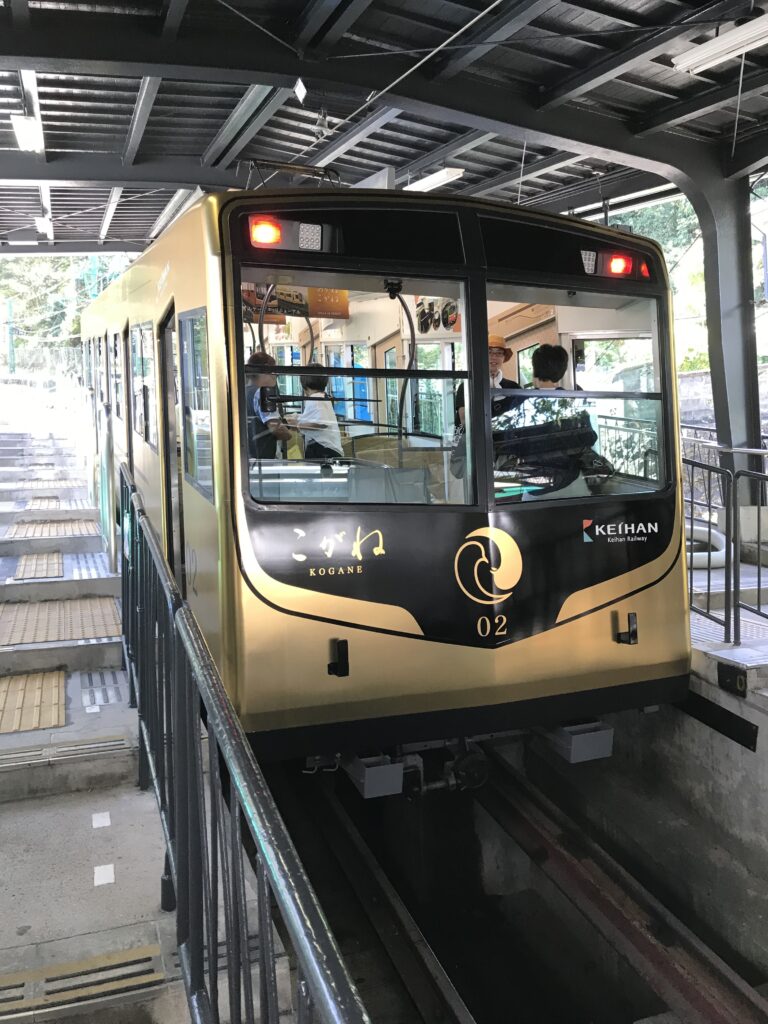
京都から大阪に戻る移動時に、京阪電車をよく利用していますが、いつも夕方遅くなので、石清水八幡宮に立ち寄る時間がありませんでした。夏休みのある日、石清水八幡宮参拝のみを目的にして、行ってきました。ケーブルカーは、いつ乗ってもワクワクするものです。登るにつれて視界が広がることが、嬉しいのだと思います。
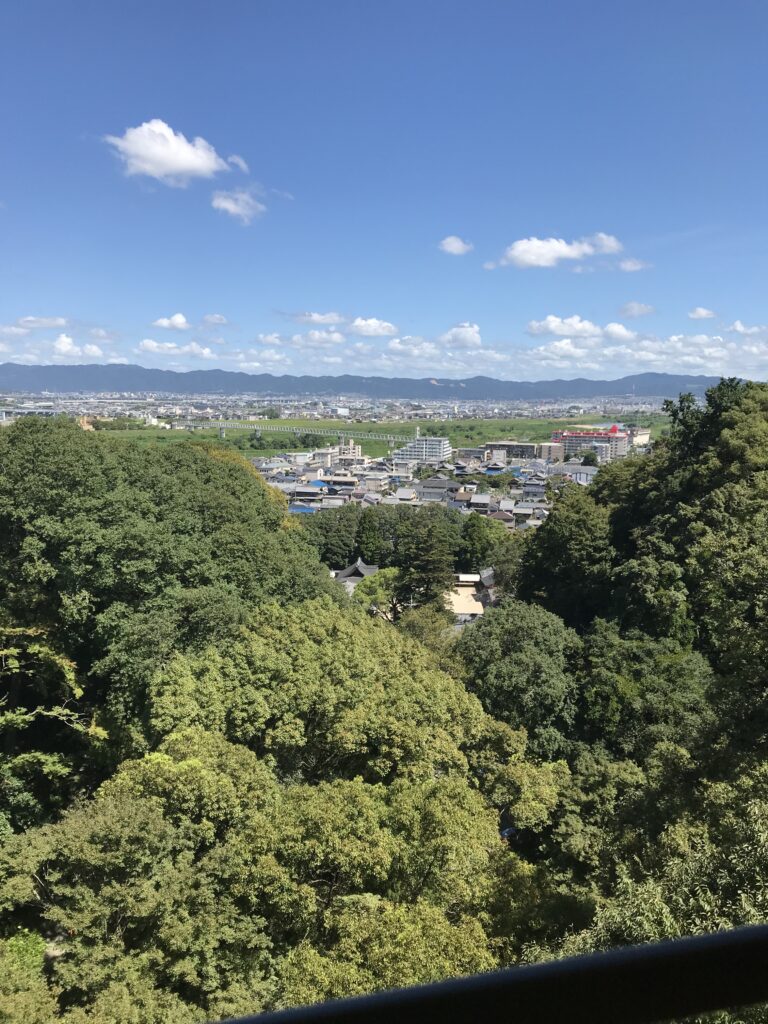
山上では、少し歩いただけで汗が溢れてきました。これを下から徒歩で登ってきたら、大変だったろうなと思いました。国宝の本殿は色も新しく塗り替えられているので、まぶしいばかりの朱色が輝いていました。せっかくなので、本殿の見学を申し込みました。
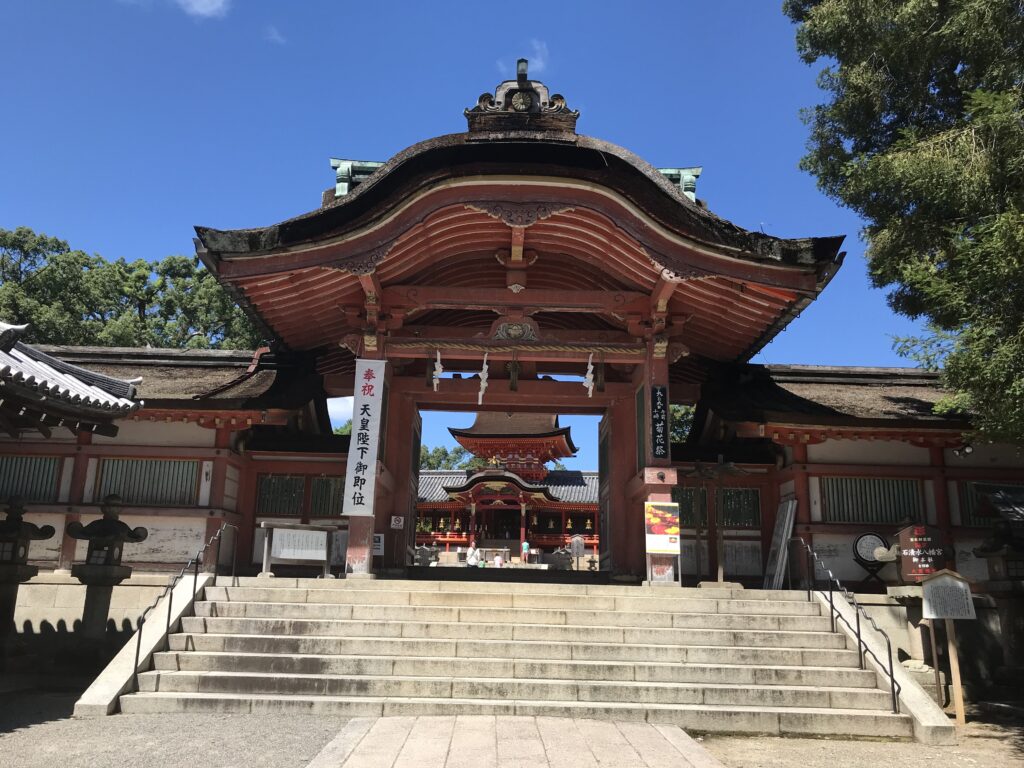
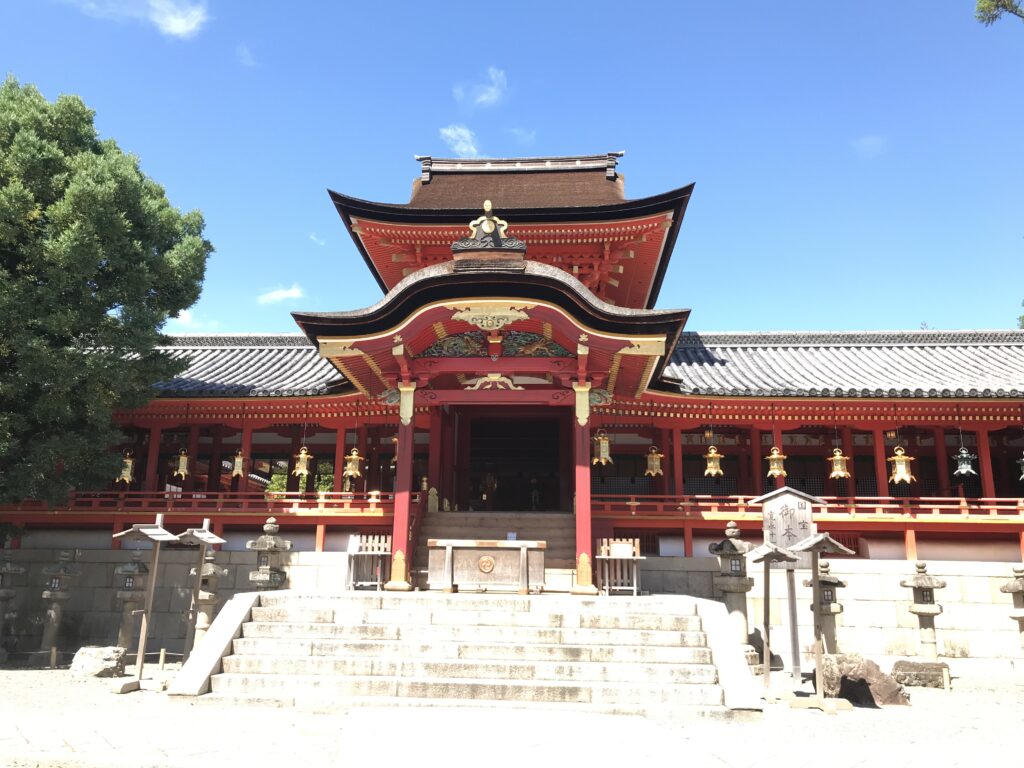
神職の方に御案内いただきました。見学者は私を含めて2名。途中、クイズを出していただきながら、楽しく学ぶことができました。写真は撮っていませんが、ここにも左甚五郎の木彫り作品があります。サルの木彫りですが、各地にある伝説と同じで、あまりにも生き生きとした彫り物なので、夜中に外に出て悪戯をするということで、右目に釘を打たれて動けなくされてしまったそうです。
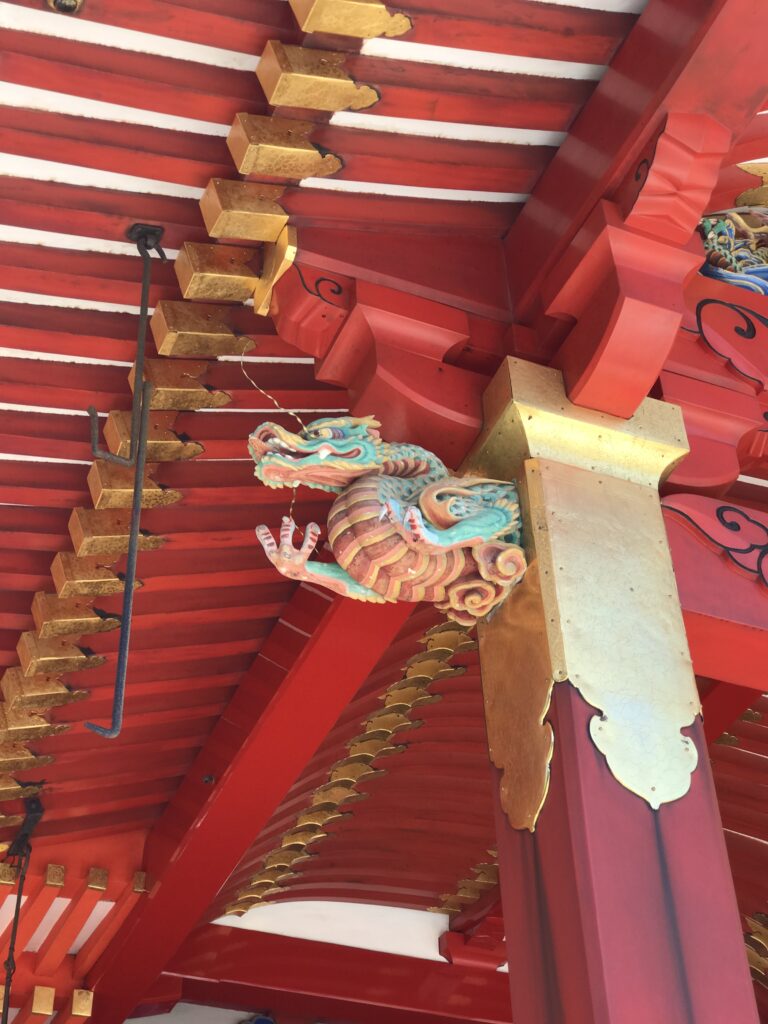
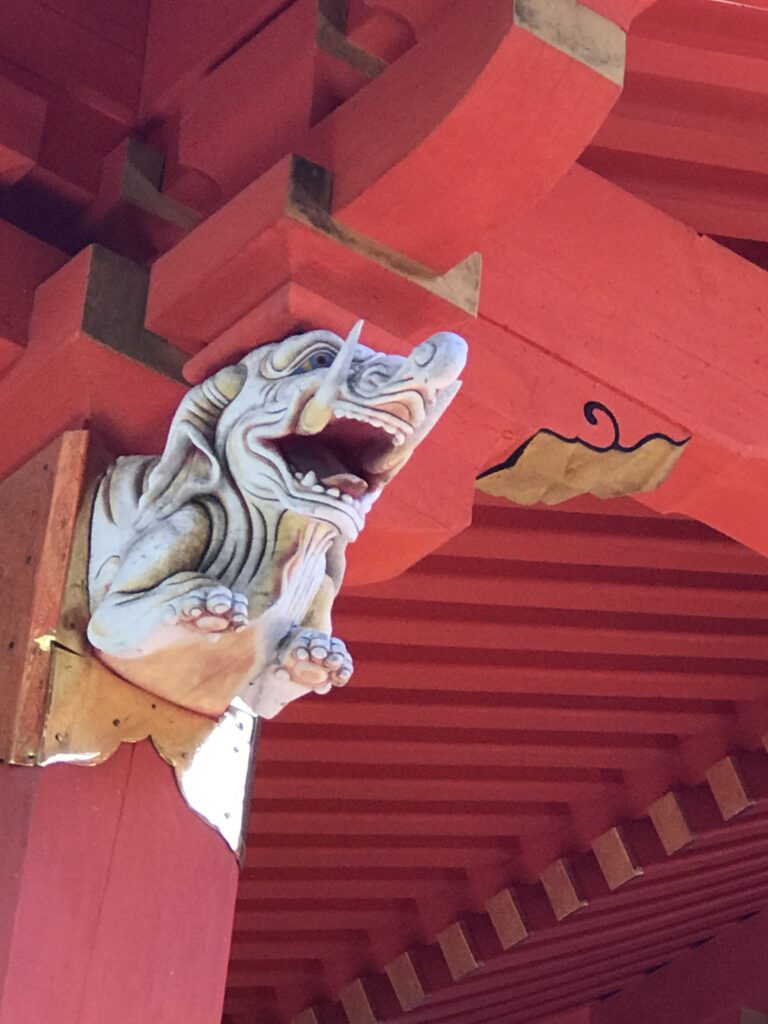
ここにはデザインの面白い、竜や像の木彫りや、竜の蟇股があり、神職の方にご紹介いただきました。江戸時代ですから、見たことのない象をどうやってイメージしたのか不思議です。ただ、なんとなく伊藤若冲が描いた象にも似ているので、何らかのモデルとなる象の絵か像があったのかも知れません。
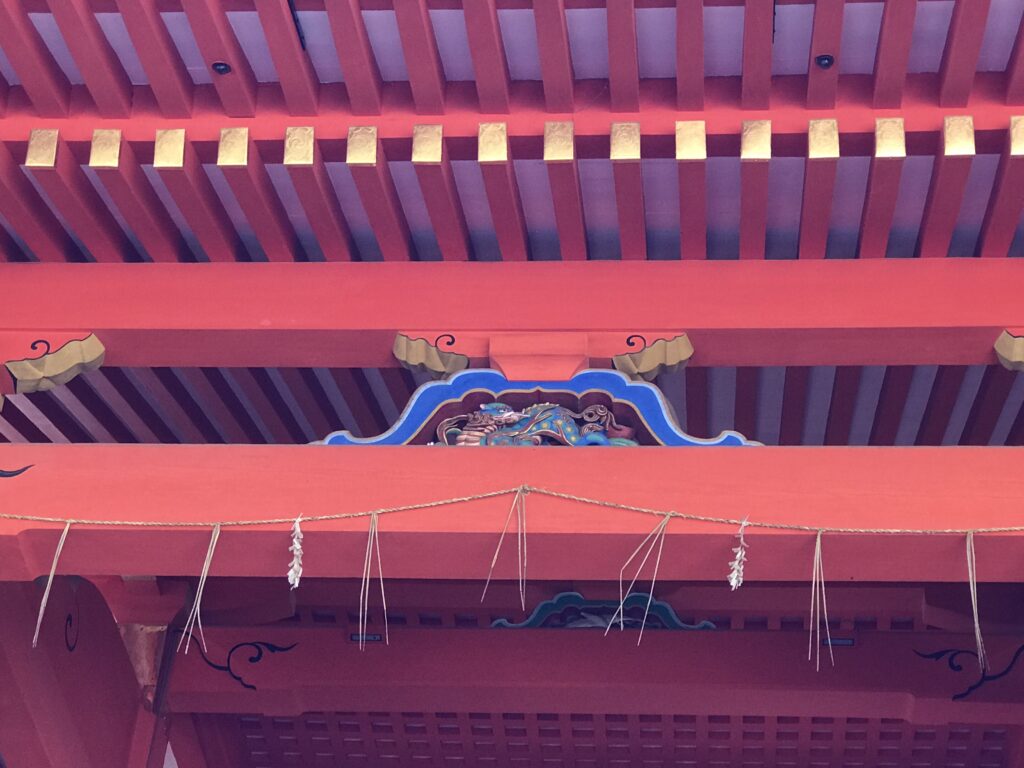
御朱印帳に書いていただいた八幡宮の「八」の字も、鳩の形になっており、神社の方々の洒落た心遣いを感じました。(完)
石清水八幡宮の御朱印
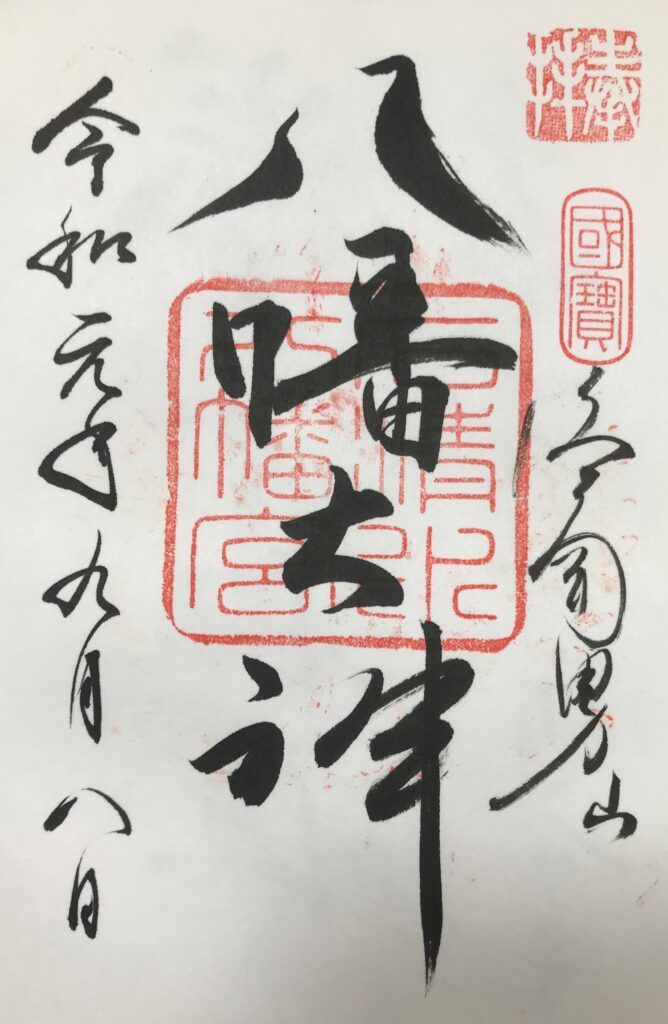
京都のお土産御
京都 西利のあっさりした漬物セット。京都に行くたびに新鮮な漬物を買って帰るようになりました。今は、通販でも購入可能です。

価格:5,000円
(2021/11/27 17:37時点)
感想(34件)
Ishimizu Hachimangu Shrine
Ishimizu Hachimangu Shrine can be reached by getting off at Ishimizu Hachimangu Station on the Keihan Railway and transferring to the approach cable to Hachimangu Yamagami Station. Ishimizu Hachimangu Shrine is enshrined in the southwestern part of Kyoto, just behind the “unlucky gate” of the city.
I often take the Keihan train from Kyoto back to Osaka, but it is always late in the evening, so I did not have time to stop by Ishimizu Hachimangu Shrine. One day during my summer vacation, I went there with the sole purpose of visiting Ishimizu Hachimangu Shrine. The cable car is always an exciting ride. I think it makes me happy that the view expands as I climb up the mountain.
On top of the mountain, I was full of sweat after just a short walk. I thought that it would have been very difficult if I had climbed this on foot from below. The main shrine, a national treasure, had been newly painted in colors, so the dazzling vermilion shone brightly. Since I was going to the trouble of visiting the shrine, I applied for a tour of the main hall.
I was guided by a priest. There were two visitors including myself. We enjoyed learning while being quizzed along the way. I did not take a picture, but there is also a wood carving of Jingoro Hidari here. It is a wood carving of a monkey, but just like the legends in many places, the carving is so lifelike that he was forced to drive a nail into his right eye to prevent him from moving because he would go out in the middle of the night and play tricks.
There are interestingly designed wooden carvings of dragons and statues here, as well as a dragon toadstool, which was introduced to us by a priest. Since it was the Edo period, it is a wonder how they imagined an elephant that they had never seen before. However, it looks somewhat like an elephant painted by Jakuchu Ito, so there may have been some kind of elephant painting or statue that served as a model.
The letter “8” of Hachimangu written on the red seal book was also in the shape of a dove, which made me feel that the people of the shrine were very stylish and thoughtful. (End)
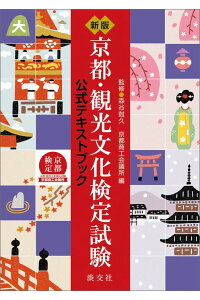
新版 京都・観光文化 検定試験 公式テキストブック 公式テキストブック [ 京都商工会議所 ]
価格:2,420円
(2021/9/11 14:06時点)
感想(5件)
Sanctuaire d’Ishimizu Hachimangu
Le sanctuaire d’Ishimizu Hachimangu peut être atteint en descendant à la gare d’Ishimizu Hachimangu sur le chemin de fer Keihan et en transférant sur le câble d’approche de la gare Hachimangu Yamagami. Le sanctuaire Ishimizu Hachimangu est situé dans la partie sud-ouest de Kyoto, juste derrière la “porte de la malchance” de la ville.
Je prends souvent le train Keihan de Kyoto à Osaka, mais c’est toujours tard dans la soirée, et je n’ai donc pas eu le temps de m’arrêter au sanctuaire Ishimizu Hachimangu. Un jour, pendant mes vacances d’été, j’y suis allée dans le seul but de visiter le sanctuaire Ishimizu Hachimangu. Le téléphérique est toujours un trajet excitant. Je pense que le fait que la vue s’élargisse au fur et à mesure que je monte dans la montagne me rend heureux.
Au sommet de la montagne, j’étais pleine de sueur après une courte marche. Je me suis dit que cela aurait été très difficile si j’avais fait cette ascension à pied depuis le bas. Le sanctuaire principal, un trésor national, avait été récemment peint en couleurs, de sorte que le vermillon éblouissant brillait de tous ses feux. Comme je me donnais la peine de visiter le sanctuaire, j’ai demandé à visiter le hall principal.
J’ai été guidé par un prêtre. Il y avait deux visiteurs dont moi. Nous avons pris plaisir à apprendre tout en étant interrogés en cours de route. Je n’ai pas pris de photo, mais il y a aussi une sculpture en bois de Jingoro Hidari ici. Il s’agit de la sculpture en bois d’un singe, mais comme dans les légendes de nombreux endroits, la sculpture est si réaliste qu’il a été obligé de se planter un clou dans l’œil droit pour l’empêcher de bouger parce qu’il sortait au milieu de la nuit et jouait des tours.
Il y a ici des sculptures en bois de dragons et de statues au design intéressant, ainsi qu’un crapaud dragon, qui nous a été présenté par un prêtre. Comme c’était la période Edo, on peut se demander comment ils ont imaginé un éléphant qu’ils n’avaient jamais vu auparavant. Cependant, il ressemble un peu à un éléphant peint par Jakuchu Ito, donc il se peut qu’il y ait eu une sorte de peinture ou de statue d’éléphant qui a servi de modèle.
La lettre “8” de Hachimangu écrite sur le livre sceau rouge avait également la forme d’une colombe, ce qui m’a donné l’impression que les gens du sanctuaire étaient très élégants et réfléchis. (Fin)
